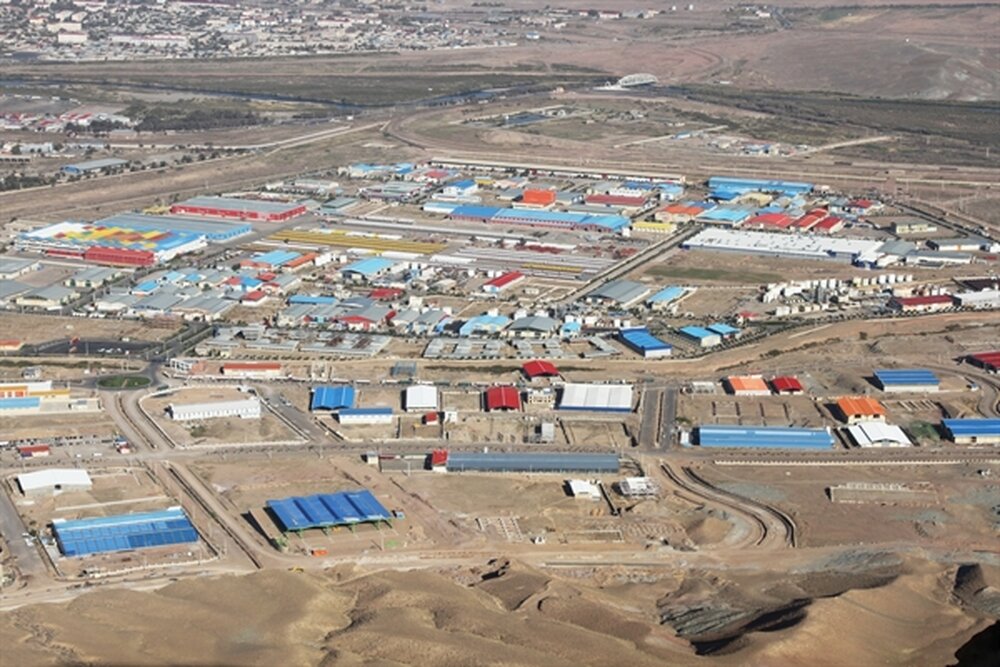‘Joint free zones establishment on agenda’

TEHRAN- The establishment of joint free zones has been put atop agenda of Iran's Free Zones High Council activities, the deputy secretary of the council for economic affairs stated.
Ahmad Jamali said the creation of joint free zones is one of the strategic policies of the 13th government in international relations, especially relations with the neighbors and Asian countries.
In mid-August, the previous secretary of the Free Zones High Council announced that the trade balance of the country’s free trade zones has become $35 million positive for the first time in 30 years.
According to Saeid Mohammad, there are currently 15 free trade zones and 33 special economic zones active in the country and the necessary licenses have also been obtained for the establishment of 79 new special economic zones.
The official noted that although the overall trade balance of the free trade and special economic zones together has always been positive, this is the first time that the foreign trade balance of the free trade zones becomes positive separately.
Underlining the important role that free trade and special economic zones play in the country’s economic growth, Mohammad said: “The main function of free zones is to facilitate export, production, foreign exchange, entry of new technologies and promotion of knowledge-based companies.”
According to Mohammad, 360 trillion rials (about $1.24 billion) of investment has been made in the country’s free trade zones in the past Iranian calendar year 1400 (ended on March 20).
The establishment of free trade zones (FTZs) in Iran dates back to the Iranian calendar year 1368 (March 1989 - March 1990) following the fall in the country’s oil income in the preceding year which prompted the government to promote non-oil exports.
The first two free trade zones of Iran were established in the south of the country. The first one was Kish Free Trade Zone established in 1368 on Kish Island in the Persian Gulf and the second one was Qeshm Free Trade Zone established the year after on Qeshm Island in the Strait of Hormuz.
Some five other free trade zones have been also established in the country since then, including Chabahar in southeastern Sistan-Baluchestan Province, Arvand in southwestern Khuzestan Province, Anzali in northern Gilan Province, Aras in East-Azarbaijan Province and Maku in West-Azarbaijan Province, both in the northwest of the country.
The development of existing free trade zones and the establishment of new FTZs has become one of the major economic approaches of the Iranian government.
MA/MA
